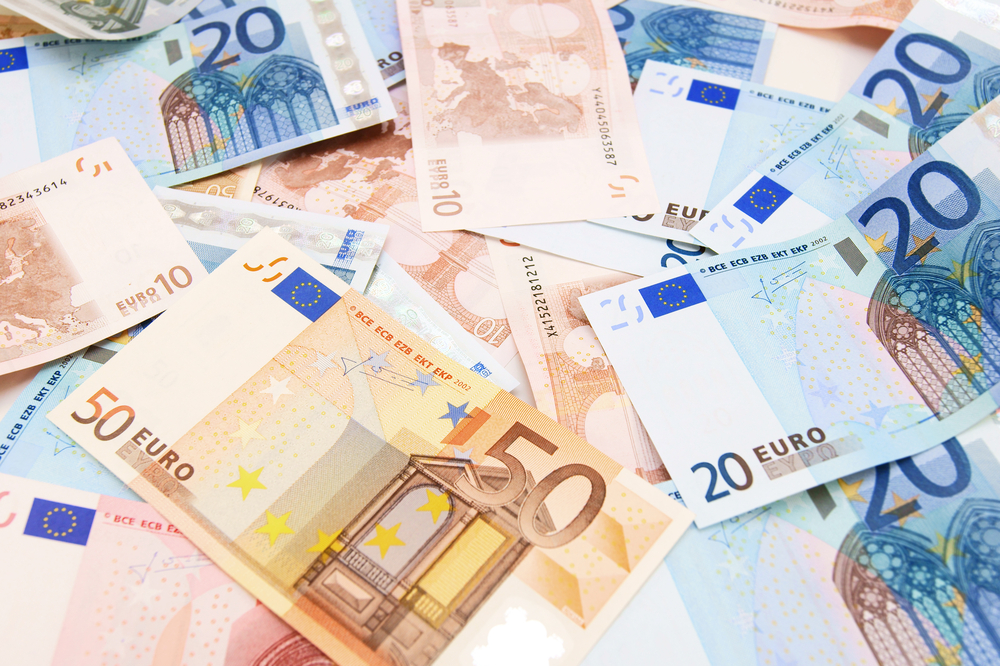July was not at all a bad month for the euro. Contrary to expectations it strengthened by a cent and a half against the US dollar and by one and a quarter Japanese yen. Against the Swiss franc it was almost unchanged. The euro did well against sterling, strengthening by two pence and knocking two cents off sterling/euro.
The euro’s leading performance against sterling had more to do with the pound’s weakness than with the single currency’s strength. Although Britain reported second quarter economic growth of a provisional 0.6%, double the first quarter’s 0.3% expansion, and delivered the best manufacturing sector results in the EC, investors remained unmoved by the news. They were more preoccupied by the Bank of England’s monetary policy and what pledges the new governor might make about keeping interest rates close to zero for several years.
Mario Draghi, the president of the European Central Bank, made such a pledge in early July and he repeated it at a press conference following the ECB governing council’s August meeting: Euro interest rates will “remain at present or lower levels for a considerable period of time.” Neither he nor anyone else can guess how long that considerable period will be but, according to Sig. Draghi, it will be long enough for him not to have to remind the world about it on a monthly basis.
That open-ended prospect of cheap money will have had something to do with the improvement in Euroland’s economic performance according to Moneycorp. The statistics announced in July looked progressively less negative and some of them even turned the corner to become positive. Confidence measures were not amongst those, but consumers, businesses and institutional investors across the euro zone are at least less pessimistic than they were.
The most obvious improvement was to be seen in the purchasing managers’ index (PMI) readings. The PMI quantifies companies’ responses to a series of questions about production, sales, orders and hiring’s. The results are turned into a figure between zero and 100 on a scale in which 50 represents equilibrium and a higher or lower result means growth or contraction. For their manufacturing sectors in July Spain achieved a 49.8, Italy 50.4, France 49.7, Germany 50.7, Greece 47.0 and pan-Euroland 50.3. Notably, the Italian, German and pan-Euroland figures all indicated growth.
With Euroland’s movers and shakers on their summer holidays August ought not to be a tumultuous month for the euro. The caveat is that many of the senior traders in the foreign exchange market will be on vacation too, reducing market liquidity and creating the possibility of exaggerated price swings.
For more updates check out international money transfer experts, Moneycorp.





